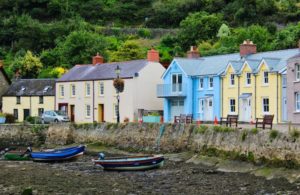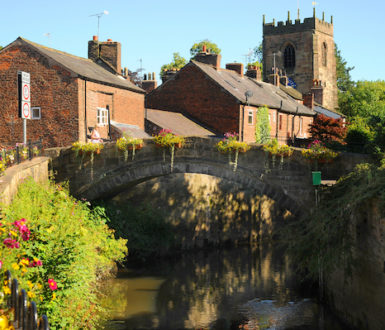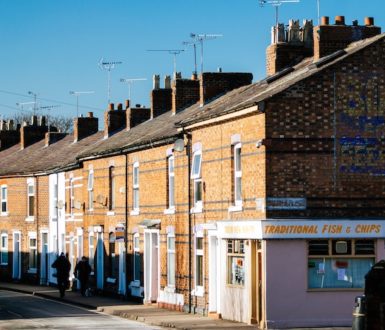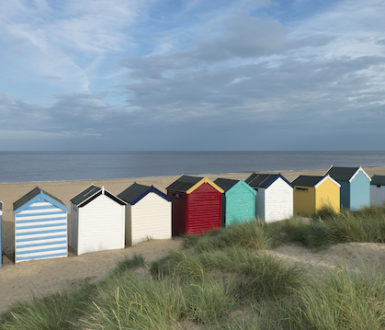
If you think of a typical English village, you might well think of a place like the one in the photo above. This gorgeous scene is from Castle Combe in an area called the Cotswolds, a chain of hills running through Wiltshire, Gloucestershire, Oxfordshire, Worcestershire and Warwickshire. The area is world-famous for its pretty yellow stone houses and landscape of hills, trees and fields (although you can also find houses like this in Somerset, Northamptonshire and Rutland).
However, the photos below are also from Britain. The countryside and housing style is completely different. And these changes can happen within 20 miles of each other. Drive from North Yorkshire to East Sussex and the landscape changes completely, several times.




The reason for this is because Britain is a very unusual island. Although it is quite small, it has rocks from nearly every geological age. This includes chalk, sandstone, limestone, granite and slate. Nowhere is this more clear when you drive around Britain and look at the villages. Village houses are usually built of local materials. This might be grey stone, yellow stone, white stone or red stone. Where there is no local stone you might find the houses painted or made of wood, pebbles or brick.
The geology also affects the landscape. In the south of Britain, you often find gentle hills and lush fertile grasslands – ideal for dairy cows. In the south-west there is windswept moorland. On the east side it is dry and flat, ideal for crops. Moving into the Midlands (the area around Birmingham) and further north, the landscape becomes rocky and wild. In the west (Wales and the Lake District) it is very wet, and there are mountains and lakes. Scotland is where you can find true wilderness. But even so, nowhere is further than 6 miles from the nearest road.
Images: Lisa Baker, Illiya Vjestica & Phil Hearing/Unsplash, Irstone/Dreamstime



